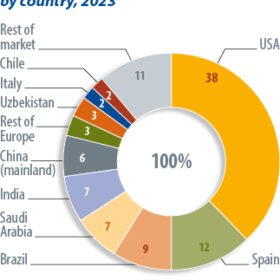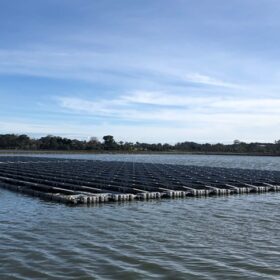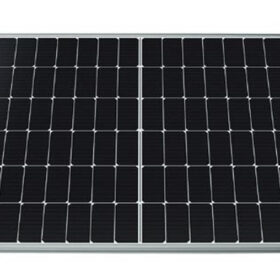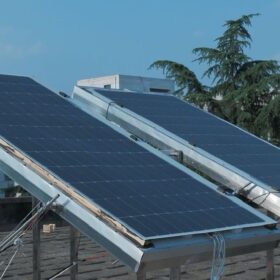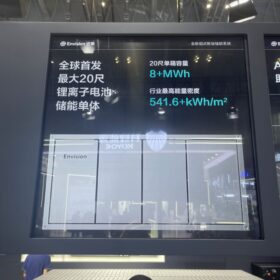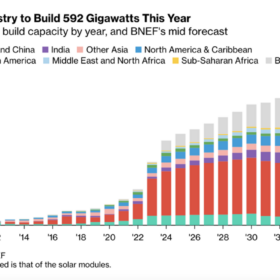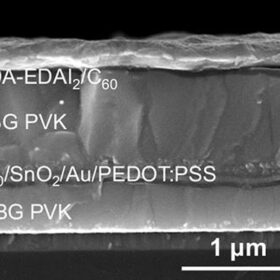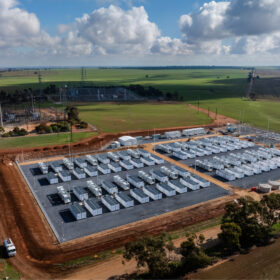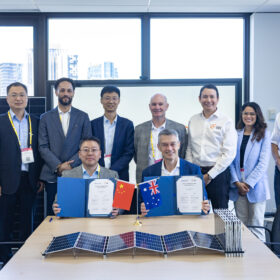Innovation driving change in solar tracker market
Shipment volumes are growing in the global solar tracker market as innovation in project development drives demand. Joe Steveni, of S&P Global Commodity Insights, takes a look at the factors shaping the commercial landscape for trackers, from agrivoltaics and undulating terrain to Indian ambition and the United States’ Inflation Reduction Act.
Optimising bifacial solar panels for floating PV applications in tropical freshwater
New research from India shows how bifacial solar modules should be deployed to achieve strong performance in floating PV projects planned on tropical freshwater. Their experimental setup demonstrated that higher efficiency gains are achievable by gauging panel height, water depth, and tilt angle.
Silfab launches 640 W utility-scale solar panels
The Canada-based manufacturer said its new panels have a temperature coefficient of -0.29% per C and an efficiency of up to 22.92%. They come with a 30-year power output guarantee for 89.3% of the initial yield.
Nextracker introduces solar mount foundation services for soil types ‘anywhere’
The solar tracking provider has introduced NX Anchor, further expanding the types of soil and areas that solar installers can develop on.
Generac presents new residential batteries
The United States-based storage system provider said its new batteries are configurable in 3 kWh modular increments up to four cabinets per site. Their roundtrip efficiency ranges from 88% to 91%.
Lightweight ventilated BIPV system for low-load rooftop applications
Scientists in China have designed a ventilated building-integrated photovoltaic system that relies on flexible solar modules with a weight of 6 kg/m2. The system also uses an airflow channel under the PV panels to reduce their operating temperature and increase their power yield.
Envision pushes energy storage density to new highs with 8 MWh, 20-foot container
Chinese multinational Envision Energy has unveiled the world’s most energy dense, grid-scale battery energy storage system packed in a standard 20-foot container.
New ways to feed world’s lithium habit
Amid significant environmental concern about the impact of more widespread lithium mining, various methods of extracting the battery material from brine could offer a cleaner solution – and reignite a historic Cornish industry.
Solar module installations could hit 592 GW in 2024
BloombergNEF says the global solar industry will install 592 GW of modules this year, up 33% on 2023. The consultancy has also lowered its estimate for 2024 polysilicon production, as manufacturers are temporarily scaling back output.
All-perovskite tandem solar cell based on tin-lead perovskite achieves 28.8% efficiency
Conceived by Chinese scientists, the cell was built with new surface reconstruction strategy based on the use of 1,4-butanediamine (BDA) and ethylenediammonium diiodide (EDAI2) as surface modifiers. The device was able to retain 79.7% of its initial efficiency after 550 h.
